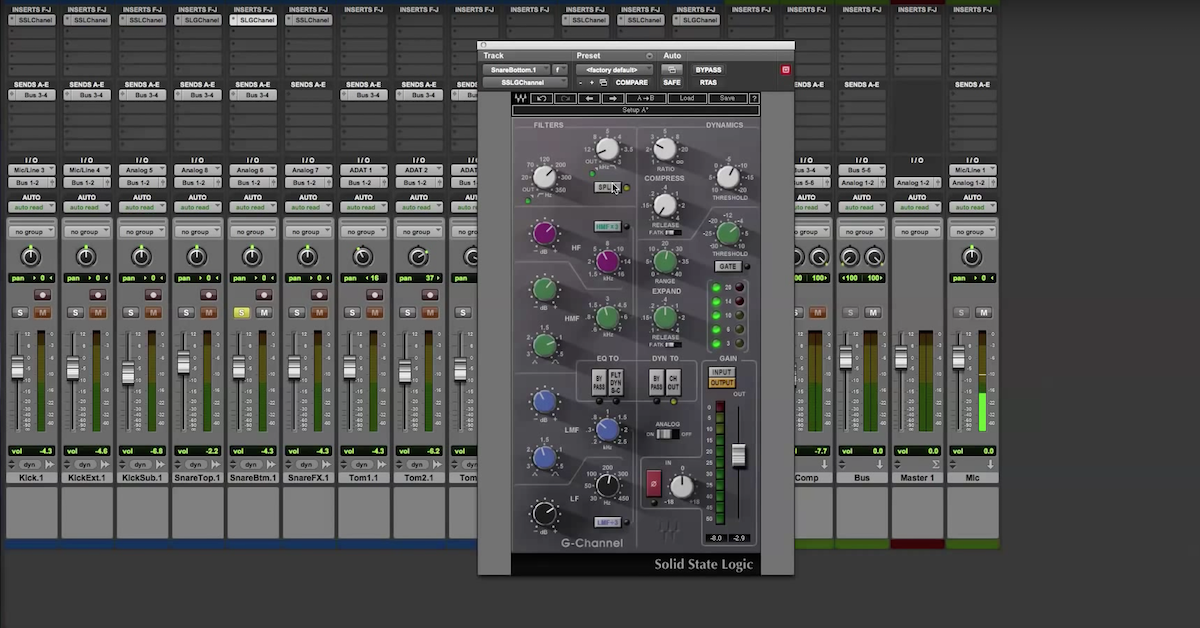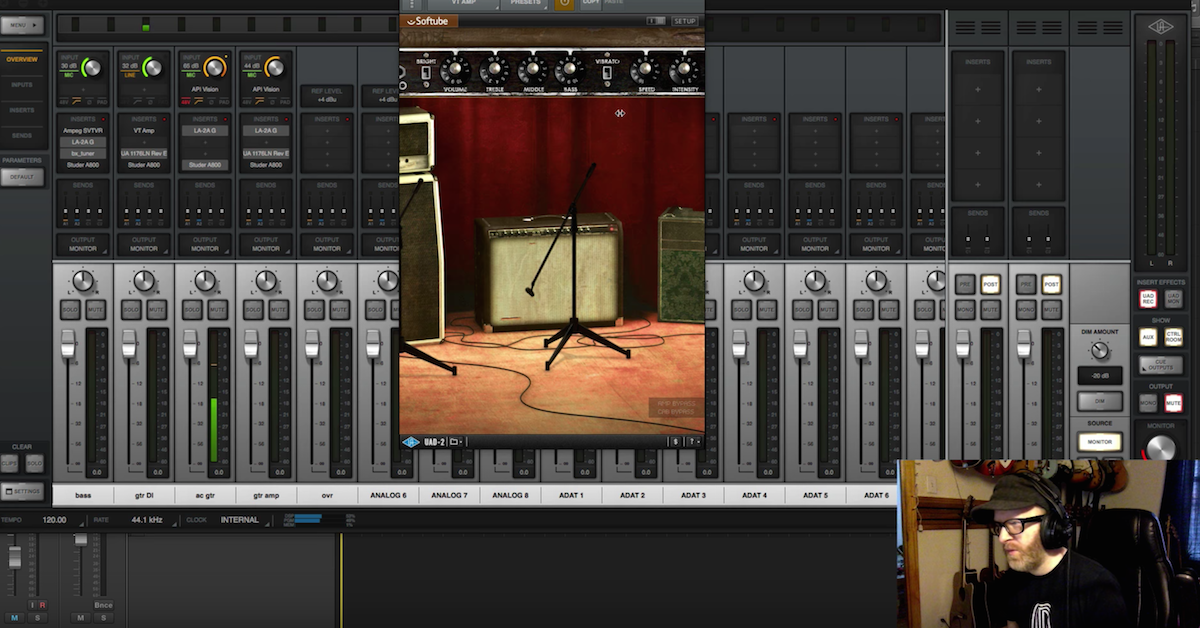Mark Marshall’s Top 10 Favorite Plugins
Article Content
Since everyone else is on the top ten plugin bandwagon (see Ian and Eric’s), I thought I would join in. What could be more fun than peer pressure? (Said no one ever).
My list is going to be based on production uses rather than mixing. When I use plugins they’re more of a broad stroke approach. I’m sculpting sound.
My favorite hair plugs… I meant production plugs also tend to have a bit of instant gratification. I tend to pick things with color. Transparent is generally not a feature I desire. This is where my needs differ from a mixing engineers.
For most of my production work, I favor PSP Plugins.
There are a couple of reasons for this. As soon as I engage them, I get a desirable effect. I can tell pretty quickly if it’s going to work even if I need to adjust some settings. They immediately sound good with lots of analog flavor!
Another reason is the way they’re laid out. They make sense to me. My eyes aren’t bugged out by the graphics. I can kinda guess where an adjustment may be and easily find it. Some plugins have a very confusing interface. Although the PSP plugins have a lot of options for adjustments, they don’t overwhelm you. You can make something sound cool pretty quickly. Here is my list:
1. PSP Saturator
I use this plugin a lot to get a tape vibe happening on a track. It helps get rid of that “digital” sound. It can be very subtle, but magical.
I use it on acoustic guitars as I find they can be a little thin and harsh when recorded to digital.
2. PSP Mixpressor
My standard compressor at this point. I don’t just put a compressor on everything (mixing engineers would hate me). Sometimes, a sound needs it to have character. In this case I reach for the Mixpressor.
I don’t keep a long list of plugins on my machine. I like to have a select group of tools I know well and can manipulate quickly. I’ve gotten to know the sound of the Mixpressor and within seconds can dial in a sound.
It’s also worth mentioning that PSP plugins aren’t super hyped when you load them. That is a pet peeve of mine with some other plugins. I don’t want a an extremely exaggerated sound upon opening.
I reach for the Mixpressor for vocals, electric guitar and bass. It’s great at getting deep heavily compressed bass sounds. I use this instead of the LA-2A I used to favor.
3. PSP Vintage Warmer
The Vintage Warmer is amazing on electric guitar with P90’s. It can make vintage rhythm guitar parts shine. It has a lot of tube/tape mojo. There are a lot of finite tweaks that can be made to this plugin for mixing and mastering.
For my appellation it sees a lot of use for guitars and drums. Love this plugin on drum room mics.
Going for a 60’s or 70’s acoustic guitar sound? Done in seconds.
4. PSP Springbox
It may seem that with my preference to vintage sounds I only record vintage style music. This is not the case though. I think these vintage elements work amazing with current artist’s style.
The Springbox is my all time favorite reverb plugin. It has wow factor. Spring reverb is under appreciated on vocals. With the right vocalist, there can be a magic interplay between the singer and spring.
5. Logic Amp Designer
I’m not really a fan of direct guitar. It’s never my go-to. Sometimes though I have to demo a part for pre-production. Logic’s built in Guitar Amp Designer does a great job. I almost always have to tweak instantly when I open the plugin. I find the amp sims to be hyped in a unrealistic way, but since I own a lot of the amps they emulate, I can adjust.
Tip: The low end is often hyped. Roll the lows down quite a bit. And don’t forget to experiment with the position of the mic on the cab. These two adjustments make it sound more real.
6. Logic Pedalboard
Another Logic plugin. Occasionally I use them for a quick pre-pro guitar track if I’m too lazy to reach for my various fuzz pedals on the shelf behind me.
But, these effects can really shine on other tracks. You can get really creative with vocals, drums and percussion.
7. Logic Bass Amp Designer
Yet another Logic plugin. I use this plugin for two reasons. The first is for pre-pro ideas.
For real tracking, I always take 2 signals from the bass. I mic an amp and take a DI. I sometimes use the Bass Amp Designer to sweeten the DI signal a little bit.
8. Waves API 550A and 550B
I try to record things in a way that doesn’t require EQ. My default is not to add plugins. Sometimes though you have to do a little tweaking.
In this case, I reach for the Waves API plugins. They nail that API flavor. I can make small adjustments and the sound is very flattering.
9. Mtron Pro
The Mtron is a virtual instrument. It an emulation of a real Mellotron from the 60’s. I grew up listing to the Beatles and Led Zeppelin. The Mtron have those classic flute and string sounds which I often use for composition. The Mtron allows you to reverse the sound of each of the samples. This presents interesting options for production.
10. FXpansion BFD3
BFD 3 gets a workout in my studio. I don’t have the option to record live drums. When projects have the budget I always opt for the real thing. That happens less and less these days. The availability to cut drums tracks for a film composition at 2 am in my apartment is irreplaceable.
BFD is my personal choice for a drum instrument. The user interface is easy to navigate. You can also make detailed adjustments to each drum. This is important to me as I grew up a drummer. I want to be able to tweak drum tunings and resonance.
It’s a very realistic sound. I can even emulate minimal mic sounds.
—
There you have it. That’s my daily plugin diet in my studio. Bon Appetite!!





